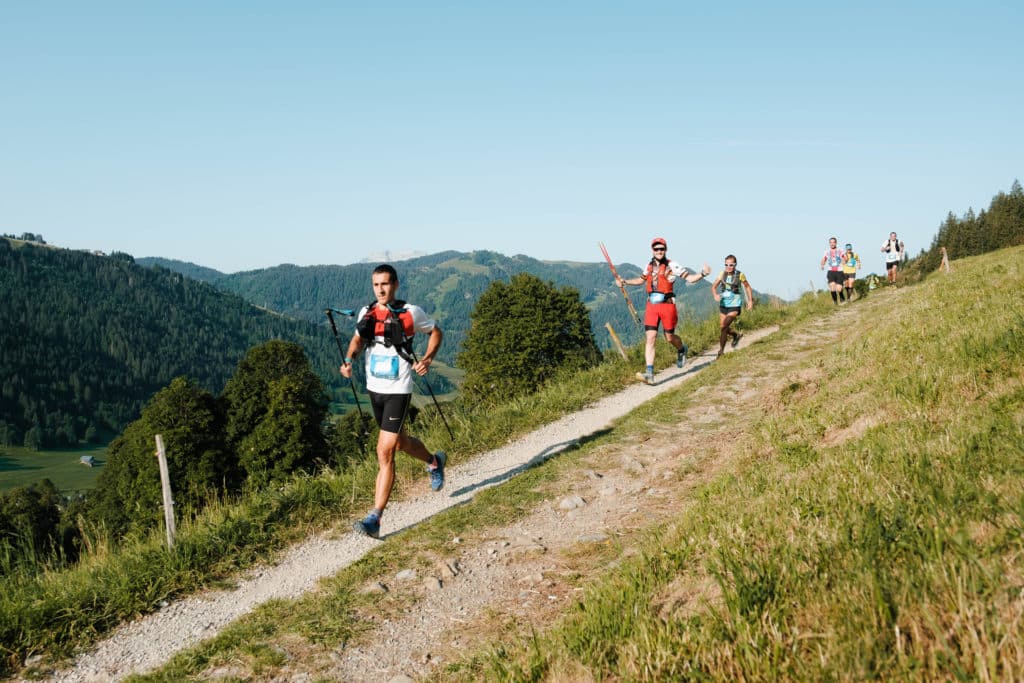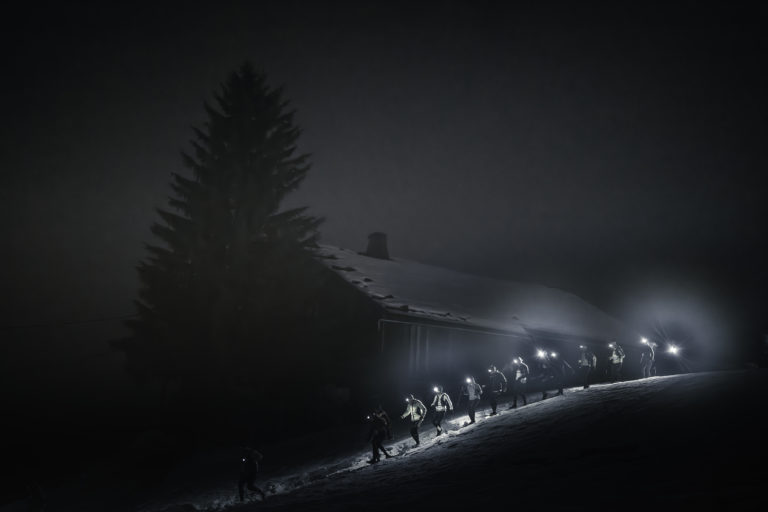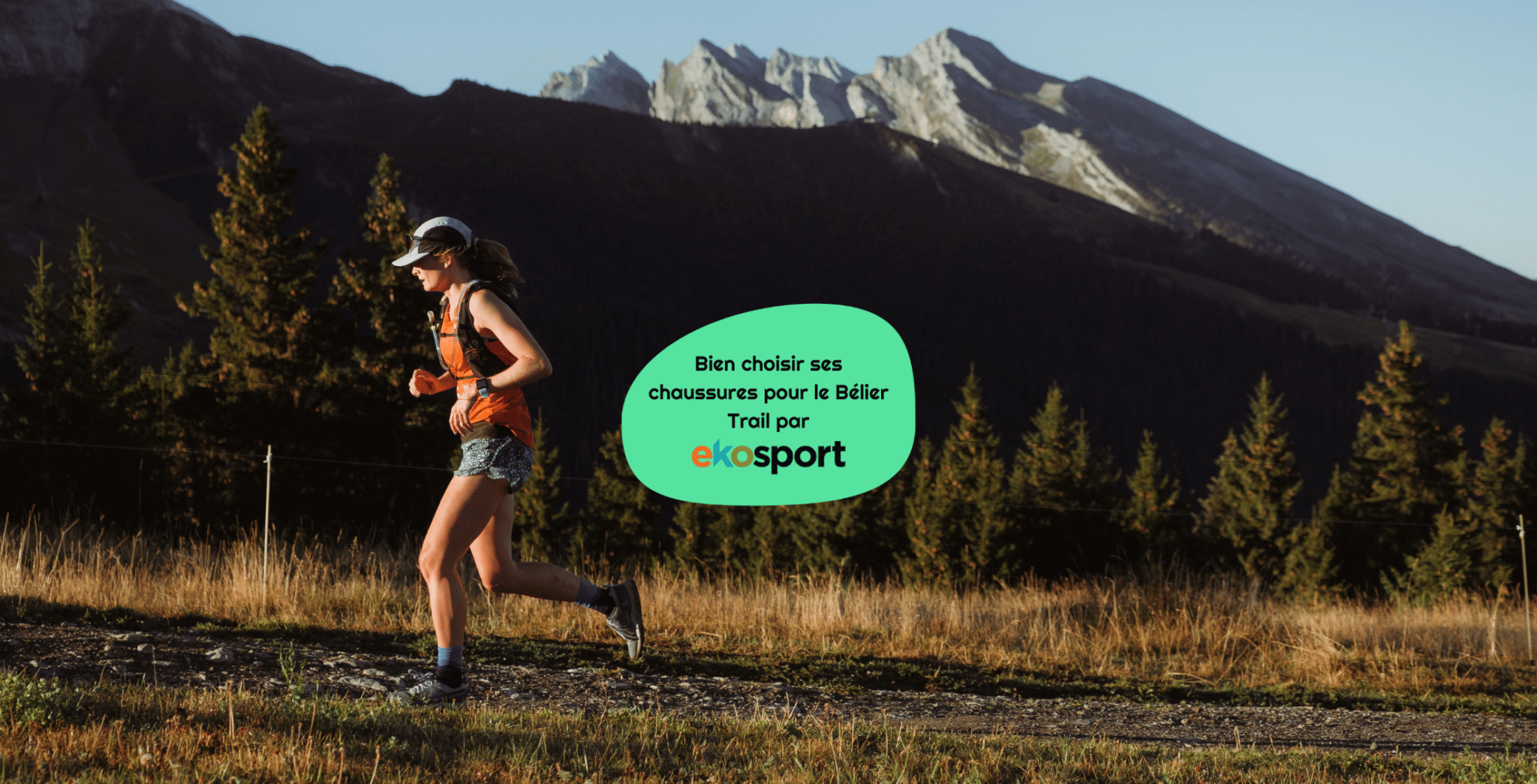Choosing the right shoes for le Bélier Trail
Running with confidence: choosing trail shoes
Trail running is hard on the body, and shoes are the first to take the brunt of impacts, ground irregularities and changes of pace. That's why they need to be carefully chosen, according to your level, terrain and objectives.
The number one criterion is grip. On muddy, rocky, wet or technical trails, a good outsole makes all the difference. Studs must be deep enough to ensure traction, but also well distributed so as not to impede the rolling of the foot. The grip must be adapted to your usual type of terrain, whether you run on forest paths, in the mountains or on mixed terrain.
Cushioning is another parameter to be adapted according to distance. On short, dynamic formats, you can opt for a lighter, more reactive shoe. On longer distances or steep trails, it's better to opt for a model with generous cushioning to protect the joints and limit muscle fatigue. Here again, it's a question of compromise between protection and feel.
Stability is often overlooked, but it is crucial, especially on technical terrain or downhill runs. Good foot support reduces the risk of sprains and ensures greater running confidence. Shoe shape, sole height and drop (the difference in height between the back and front of the foot) also play a role: choose them according to your stride and habits.
Last but not least: comfort. A shoe must be perfectly adapted to the shape of the foot, neither too tight nor too wide. Long outings often reveal fit defects. Taking the time to try them on, to run a few kilometers in them, even to test different models if possible, is a valuable investment. A well-chosen shoe means fewer injuries, more pleasure, and more desire to try again.

Finding the right hiking shoe
Choosing the right pair of hiking boots is essential. A good pair is one that supports, protects and accompanies you painlessly, even after hours of walking. And for that, several criteria need to be taken into account.
The first thing to check is fit. A hiking boot should envelop the foot securely, without compressing it. For short hikes, a lighter, more flexible low-cut shoe is more than sufficient. On the other hand, for longer outings or technical itineraries, it's best to opt for a high-top model, which offers better ankle support and enhanced protection.
Grip is another key factor. An appropriate sole must offer good traction on wet, stony, earthy or slippery ground. This guarantees stability and reduces the risk of slipping. And don't forget cushioning: good shock absorption is essential, especially on long descents or rocky paths.
As always, the most important thing is to test your shoes in conditions close to the planned outing, to avoid unpleasant surprises.


Friday's results – Bélier 2026
A look back at the podiums at Trace Poursuite 2025.

Le Bélier is SOLD OUT for the trail races and rando !
Over 3,000 participants at Start this 2026 edition!

The official poster for Bélier 2026!🔥
The long-awaited poster is FINALLY here! 🎨
















